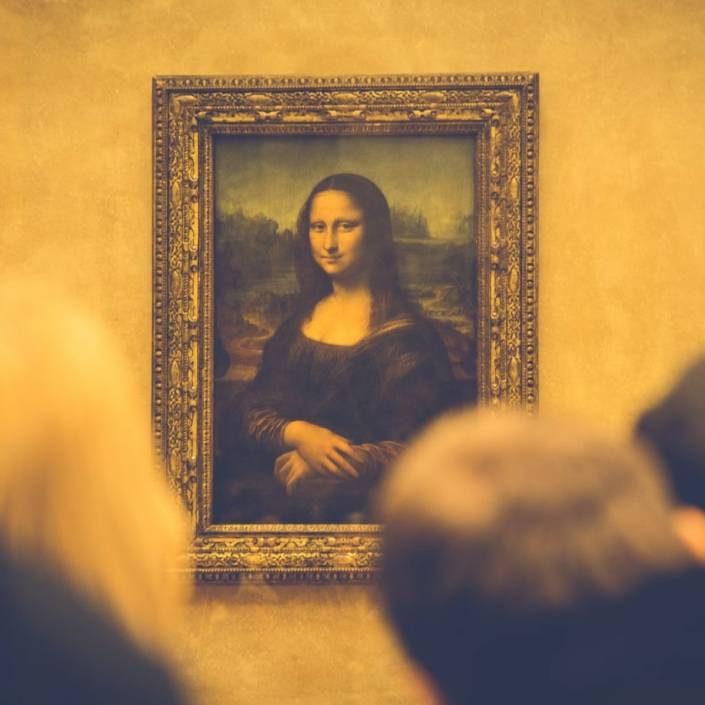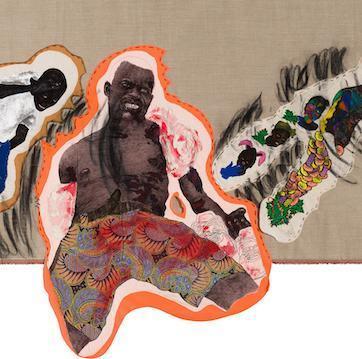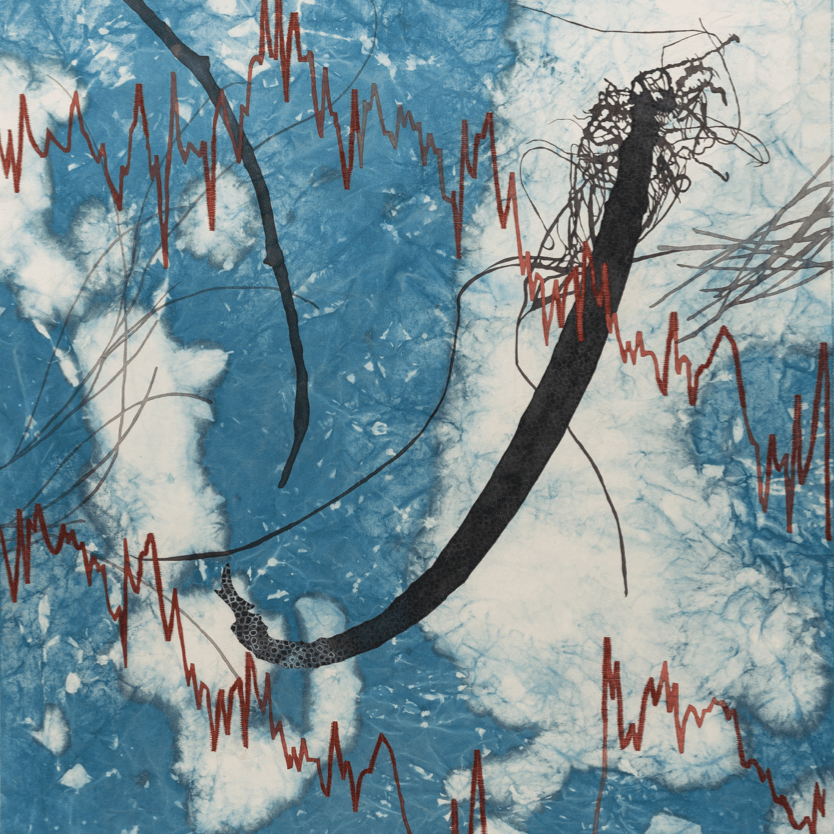Cultural Capital: Why Originality Matters
In this first of a three-part series on her highly intriguing ethnographic study of the New York art world, Hannah Wohl explains her concept of creative vision as it applies to the endeavours of artists, dealers and collectors.
Words: Hannah Wolh
Illustrations: Coen Young
When it comes to contemporary art, anything – at least potentially – goes. A work of art can be a sock on a wire, a pile of rubble, or a GIF of an animated flying cat with a Pop-Tart. These works sometimes sell for hundreds of thousands or even millions of dollars. Decisions about which works to exhibit, review, and purchase can make or break artists’ careers. In this high-stakes and seemingly irrational market, how do artists make artistic decisions in their studios, how do dealers and curators select works to show, how do critics review these exhibitions, and how do collectors choose works to purchase? In short, how do those in the art world judge art?
In my book, Bound by Creativity: How Contemporary Art is Created and Judged, 2021, which is based on two years of ethnographic research and more than 100 interviews with actors in the New York City art world, I argue that the concept of “creative visions” helps answer these fundamental questions. I define a creative vision as a bundle of recognisable and enduring consistencies within a body of work. Consistent elements can be formal, such as a particular medium or technique (i.e. socks or splattered paint), or they can be conceptual, such as a theory, emotion, or theme (i.e. nostalgia or domesticity). These formal and conceptual elements are connected, as we interpret the conceptual meaning by viewing the physical work itself.
Artists, dealers, curators, collectors, critics, and others in the art world do not judge works as discrete objects, but as part of larger bodies of work. For artists, the body of work is their oeuvre, which includes not only exhibited works, but also sketches, unfinished works, and works that never leave the studio. When artists create new work, they do not do so ex nihilo, but by thinking about how the work is formally and conceptually connected to their previous work and potential future works. Others in the art world judge artists work similarly, interpreting how individual works relate to the broader oeuvre and what makes each oeuvre original. These actors also have their own bodies of work, through which they and others perceive their own distinctive creative visions. Dealers, for example, have their gallery program – their represented artists and gallery exhibitions – forming a body of work composed of multiple artists’ oeuvres. Collectors’ bodies of work are comprised of the set of works they own, which become visible to others as they loan parts of their collections to museums and rehang selections of the collection in their homes.
Both dealers and collectors view their own creative visions as comprised of broad formal and conceptual interests and sensibilities, and they select works that they view as aligned to their creative visions while also representing core elements of artists’ distinctive creative visions.
But why do those in the art world orient their aesthetic judgments around perceptions of distinctive creative visions, instead of judging works discretely or as part of larger art historical movements? Why do we care about original bodies of work? Solving this piece of the puzzle requires understanding the art historical and organizational evolution of the art world. Art historically, the Impressionist movement, which arose in the 1870s and 1880s in Paris, marked a move away from representation and toward abstraction and evoking emotions. Another critical art historical turning point came in 1917, when Marcel Duchamp purchased a urinal, signed it “R. Mutt,” titled it Fountain, and submitted it to the Society of Independent Artists’ exhibition in New York. While the work was never publicly exhibited and is believed to have been lost shortly after, Fountain changed the course of art history by posing an essential question: If a urinal could be art, what was art and what was not art? Aesthetic philosophers and artists grappled with this question over the following decades, leading to a rapid succession of art movements – Surrealism, Abstract Expressionism, Pop – each of which attempted to breach the previous boundary between art and not art. The metaphorical “end of art” came with Minimalism. Once art could be nothing, there were no more boundaries between art and not art to be transgressed, no discernable edge to the cutting-edge. A hodge-podge of styles filled the void, ushering in the “anything goes” era. Artists now discussed their work in terms of loose “references,” emphasizing their distinctiveness from other artists over their belonging to innovative art movements.
During the course of these art historical developments, organizational changes in the art world further solidified the rise of creative visions. Before Impressionism, Parisian artists learned to imitate the style of master painters in state-sponsored Royal Academies and exhibited their work in juried Salon exhibitions. The Impressionists broke away from the academies and began exhibiting their work independently. Entrepreneurial businessmen entered the market as dealers, where they bought or consigned works from artists to exhibit in their galleries. Rather than sell discrete paintings, like the academies, these new dealers exhibited work in group and solo exhibitions. Critics reviewed these exhibitions, communicating the identifying features of each artist’s creative vision to the public. The art world now evaluated each work as part of an artist’s creative vision, rather than as a discrete object. In the 20th century, the center of the art world moved to New York, and the gallery system continued to grow more robust. The past several decades have seen the growing professionalization of the art market, with a proliferation of MFA programs, as well as an increasingly globalized and financially-driven market. This heightened competition has only sharpened artists’ need to make their mark on the art world via distinctive creative visions.
The opening example of a sock on a wire is a work by contemporary artist B. Wurtz (as shown on the book cover of Bound by Creativity). Wurtz’s interest in mundane objects relating to bare necessities dates back to a 1973 text drawing in which he lists “eating,” “sleeping,” “keeping warm.” Small-scale sculptures with these everyday materials epitomize his creative vision. When Wurtz thinks of new ideas, he considers whether the work will sufficiently align with his creative vision – his identity as an artist.
In turn, collectors choose a particular work by Wurtz not because they like socks on wires, but because they view Wurtz’s creative vision as original and they view the work as representative of his vision. Usually, they have other works with similar formal and conceptual themes in their collection, and they perceive the work as connected to their own creative visions as collectors. In a world where anything goes, perceptions of creative visions anchor aesthetic judgments that would otherwise be untethered.
Hannah Wolh
This article was originally published in Art Collector issue 101, July to September 2022.









